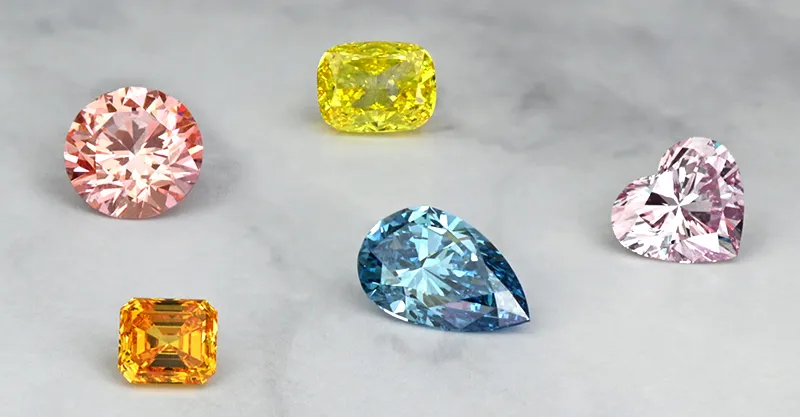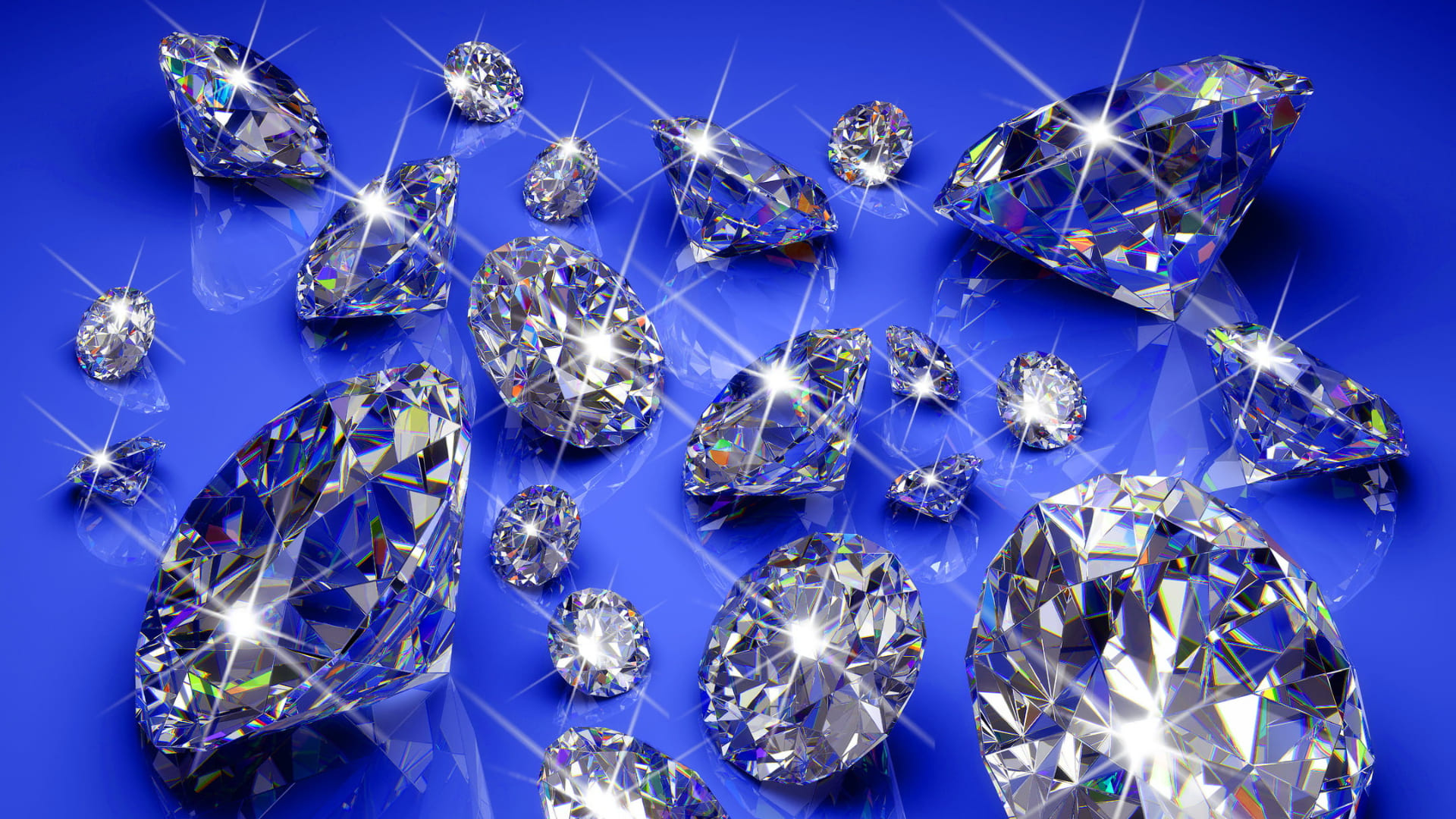
Diamonds have captivated human fascination for centuries, prized for their rarity, brilliance, and symbolism. As technology advances, the diamond industry faces a transformative choice between traditionally mined or lab grown diamonds counterparts. This article explores the differences between these two options, delving into their environmental impact, ethical considerations, quality, and consumer perceptions.
Introduction to Diamonds
Diamonds are renowned not only for their beauty but also for their enduring status as symbols of love, luxury, and commitment. From ancient times to the present day, these precious gems have held a significant place in cultures worldwide.
Understanding Mined Diamonds
Mined diamonds originate deep within the Earth’s mantle, where extreme pressure and temperature conditions over millions of years crystalize carbon atoms into the gem we cherish. This natural process results in diamonds of exceptional hardness and clarity. However, traditional mining practices can have profound environmental consequences, including habitat disruption and carbon emissions.
Process of Natural Diamond Formation
Diamond formation begins when carbon-bearing minerals are subjected to immense heat and pressure, often deep within the Earth’s crust. Over millennia, these conditions facilitate the crystallization of carbon atoms into diamonds.
Environmental Impact of Diamond Mining
The extraction of natural diamonds involves significant land disturbance, soil erosion, and habitat loss. Mining operations also consume large amounts of energy and water, contributing to carbon emissions and ecological degradation.
Ethical Concerns in Diamond Mining
The diamond industry has faced scrutiny over ethical issues, particularly concerning “conflict diamonds” or “blood diamonds,” which are mined in war zones and used to finance armed conflict against governments. The Kimberley Process Certification Scheme aims to regulate the trade of rough diamonds and prevent such practices.
Introduction to Lab Grown Diamonds
In contrast to mined diamonds, lab grown diamonds are cultivated in controlled laboratory environments using advanced technological processes. These diamonds share the same physical and chemical properties as natural diamonds but are created in a matter of weeks rather than millions of years.
Definition and How They Are Created
Lab grown diamonds are produced through two primary methods: Chemical Vapor Deposition (CVD) and High Pressure High Temperature (HPHT). Both techniques simulate the natural diamond growth process but within a shorter timeframe and under controlled conditions.
Types of Lab Grown Diamonds (CVD vs. HPHT)
CVD diamonds are grown by depositing carbon atoms onto a substrate in a vacuum chamber, forming diamond crystals layer by layer. HPHT diamonds, on the other hand, are created by subjecting carbon to high pressure and temperature, mimicking the natural diamond formation process.
Comparison of Mined vs. Lab Grown Diamonds
When comparing mined and lab diamonds, several factors come into play, influencing consumer choices and preferences.
Quality Factors: Clarity, Color, and Cut
Both mined and lab grown diamonds can achieve exceptional clarity, color, and precision cuts. However, the consistency and control offered by lab grown processes often result in diamonds with fewer imperfections and more precise specifications.
Cost Differences Between Mined and Lab Grown Diamonds
One significant advantage of lab grown diamonds is their typically lower price point compared to mined diamonds of similar quality. This affordability appeals to budget-conscious consumers without compromising on diamond aesthetics.
Environmental Impact
The environmental impact of diamond production is a critical consideration in today’s sustainability-focused world. Diamonds, revered for their timeless allure and symbolic significance, have traditionally been sourced through mining deep within the Earth’s crust. However, advancements in technology have paved the way for lab grown diamonds, presenting consumers with a compelling alternative. This article navigates the nuanced differences between mined and lab grown diamonds, exploring their environmental impact, ethical considerations, quality metrics, and consumer perceptions. Whether you’re curious about their origins, concerned about their ecological footprint, or contemplating a purchase, this guide will illuminate the factors shaping your decision between these two glittering options.






